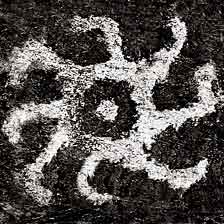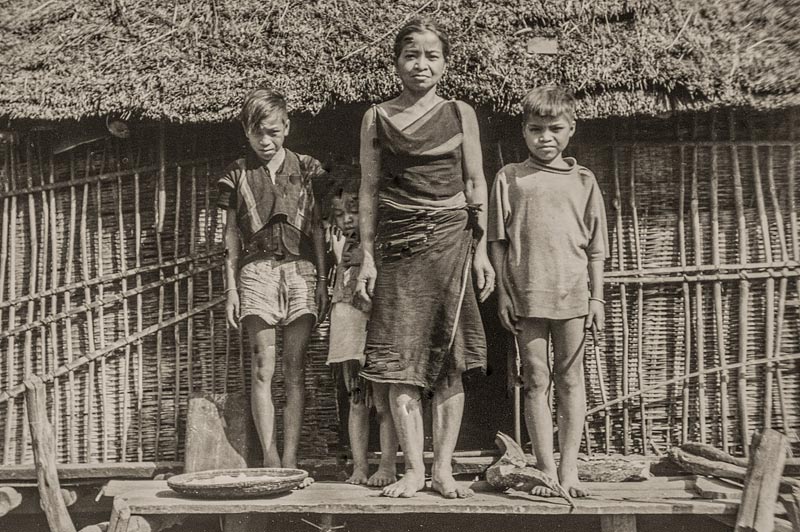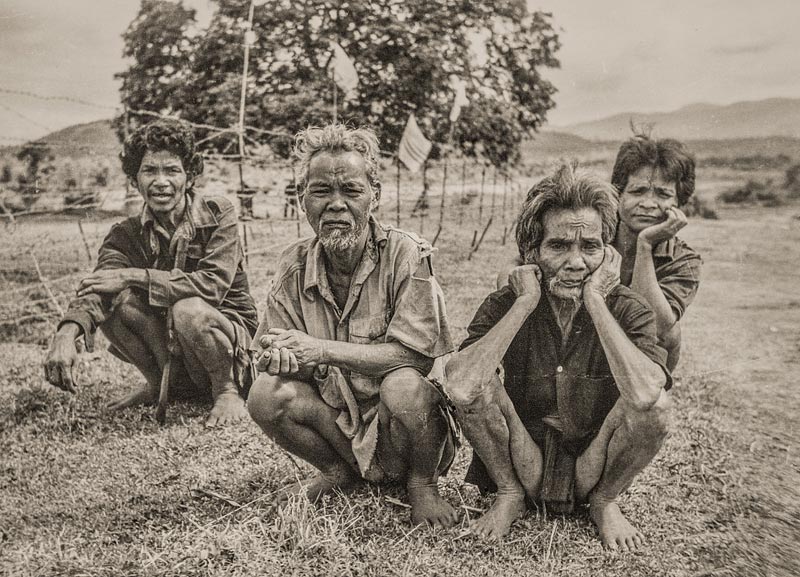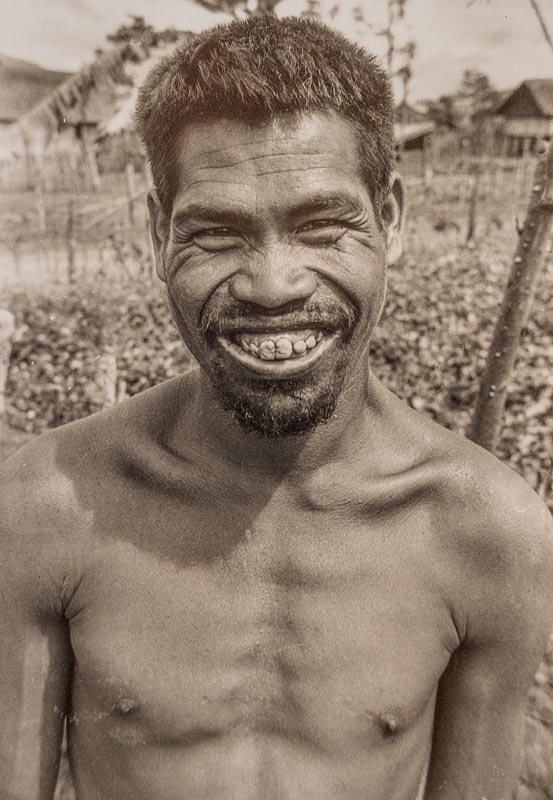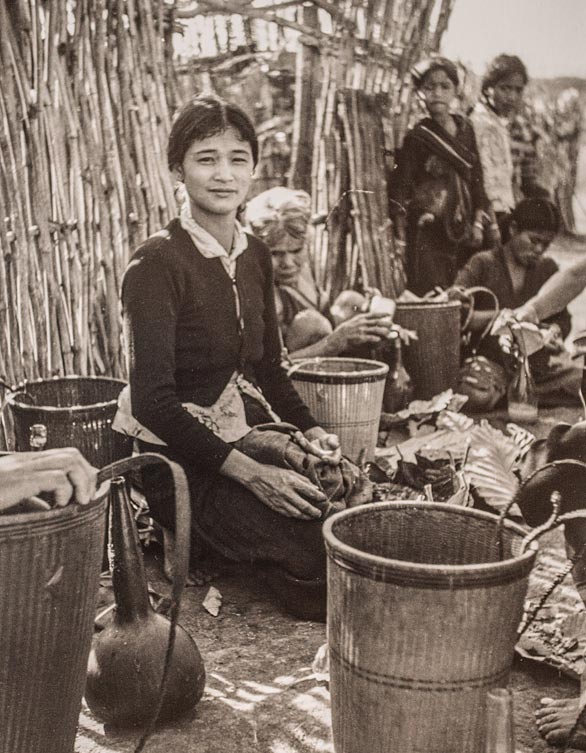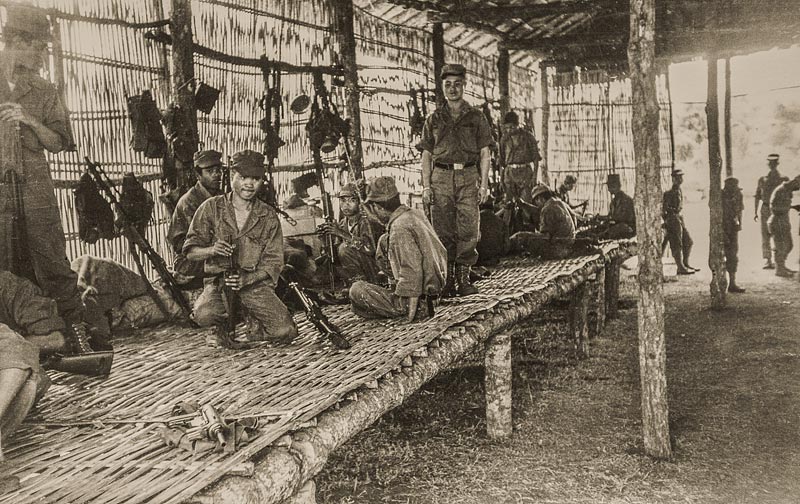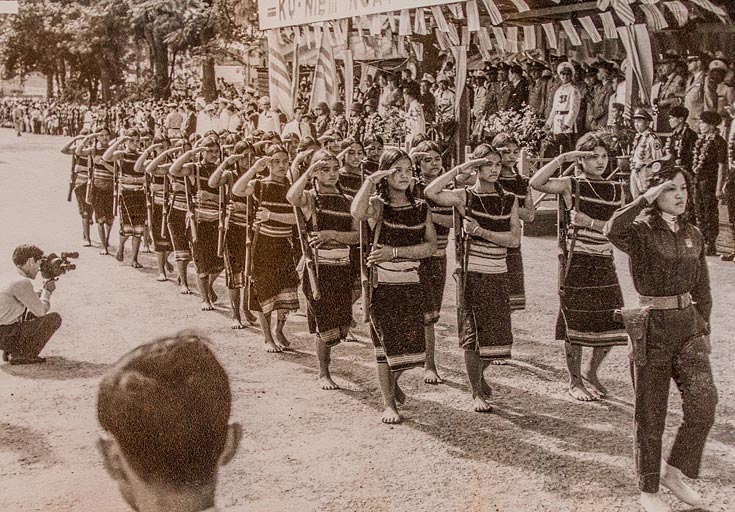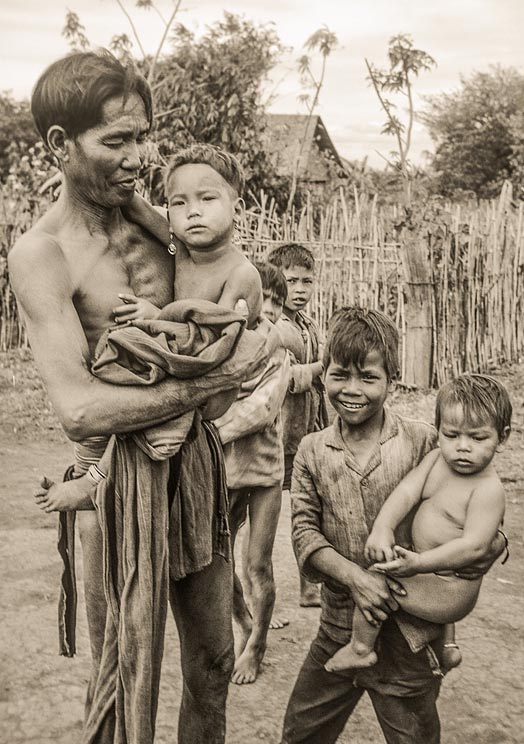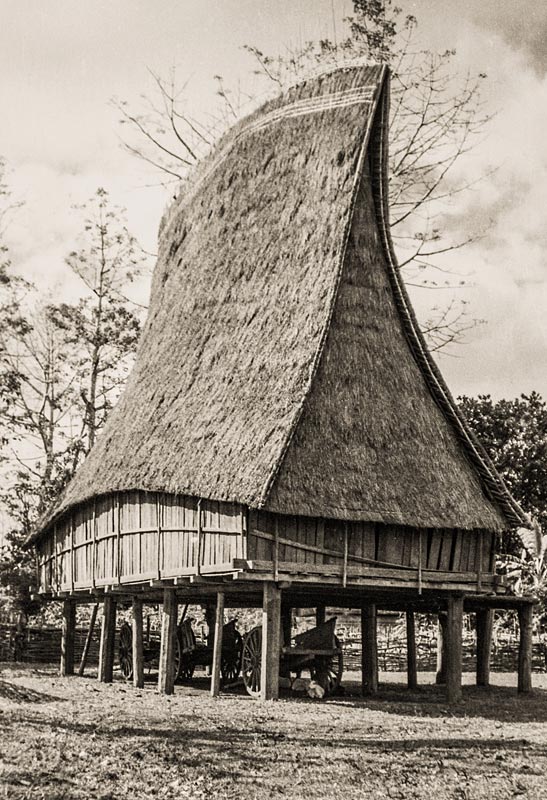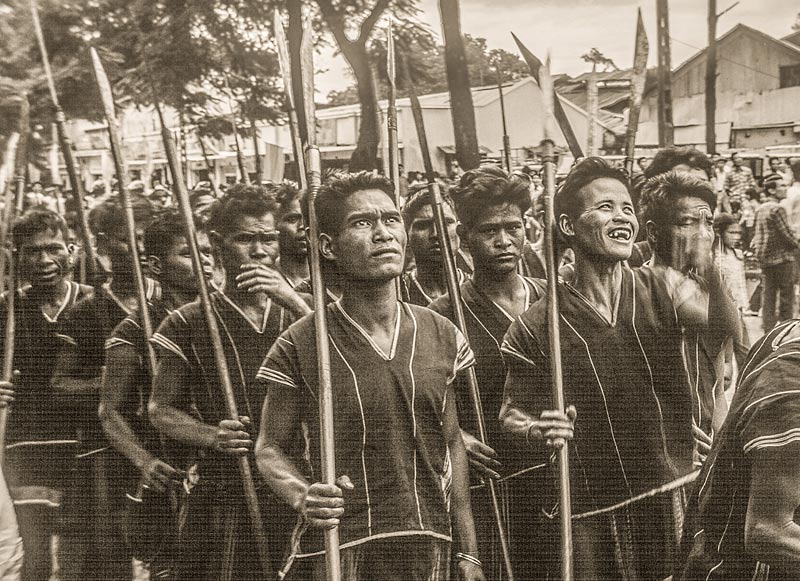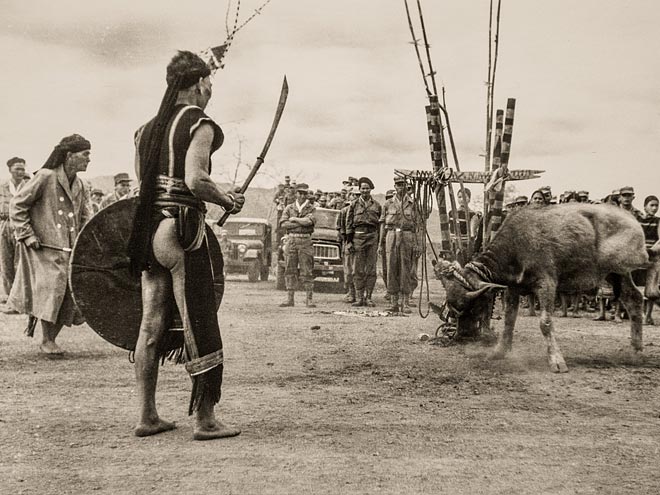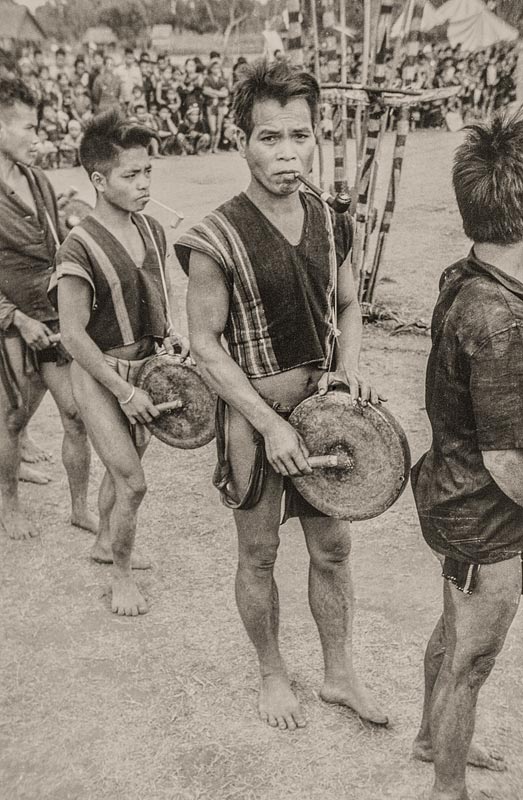Vietnam, 1962
The Central Highlands of Vietnam is Montagnard country. “Montagnard,” a French term, refers to highland-dwelling indigenous peoples whose languages, culture, economy, and way of life differ greatly from that of the Vietnamese, who live in lowland and coastal areas.
I made these photographs of Montagnards in 1962-1963 while serving in U.S. army Intelligence in Pleiku Province, where the local tribes were the Jarai and Bahnar. The Rhadé, another tribe, inhabited a region to the south.
In 1962, the Montagnards enjoyed a high degree of autonomy and held sway over a large territory. Since they knew the mountains and forests and were expert fighters, they played a key role in the Vietnam War. It was their misfortune to be caught between the two warring sides, both of which vied for their support. Consequently, they were manipulated, exploited, often victimized, and experienced much hardship and suffering. Initially, I viewed them as a poor and backward people but, as time went on, I saw their dignity and appreciated how rich their lives were in non-material ways.
I was an inexperienced photographer then. My camera was a Zeiss Ikon rangefinder that my mother had bought in about 1929. My light meter was my eye. Eventually, I upgraded to a Canon single-lens reflex. Most of the Montagnards I met were unfamiliar with photography and did not have any pictures of themselves. So when possible, and to their delight, I gave them copies of the portraits I made of them.
I have written a book about my experiences in Vietnam, Saigon to Pleiku: A Counterintelligence Agent in Vietnam’s Central Highlands, 1962-1963. For more information: https://mcfarlandbooks.com/product/saigon-to-pleiku/.
